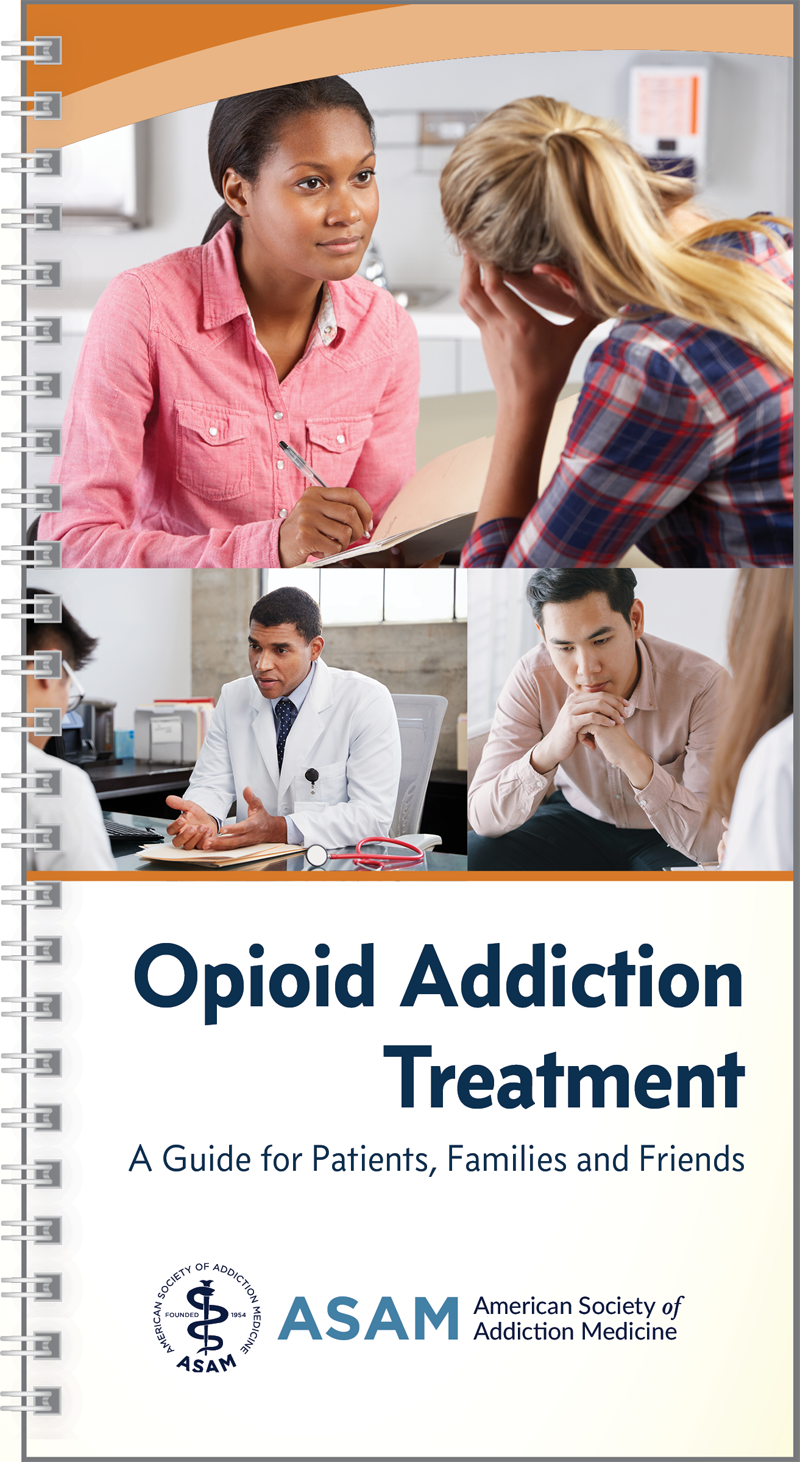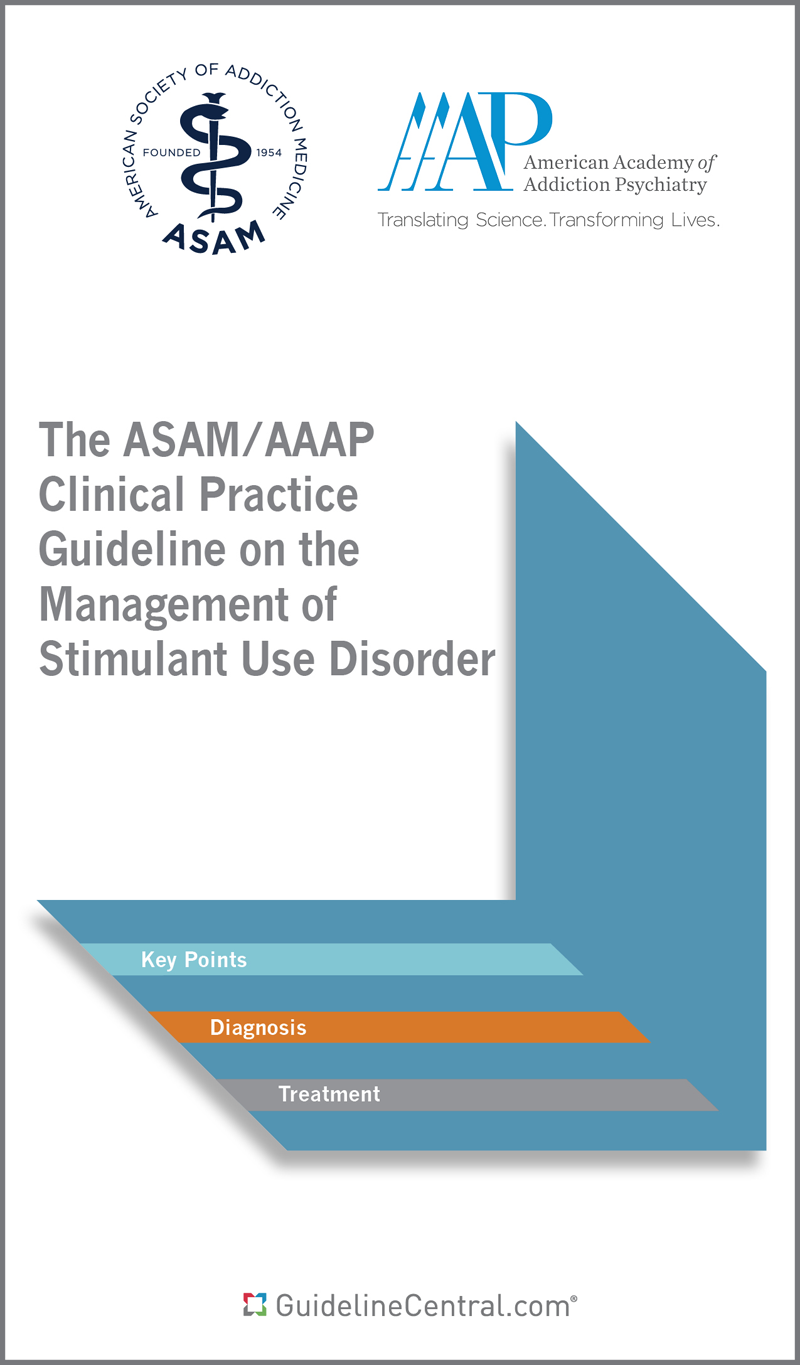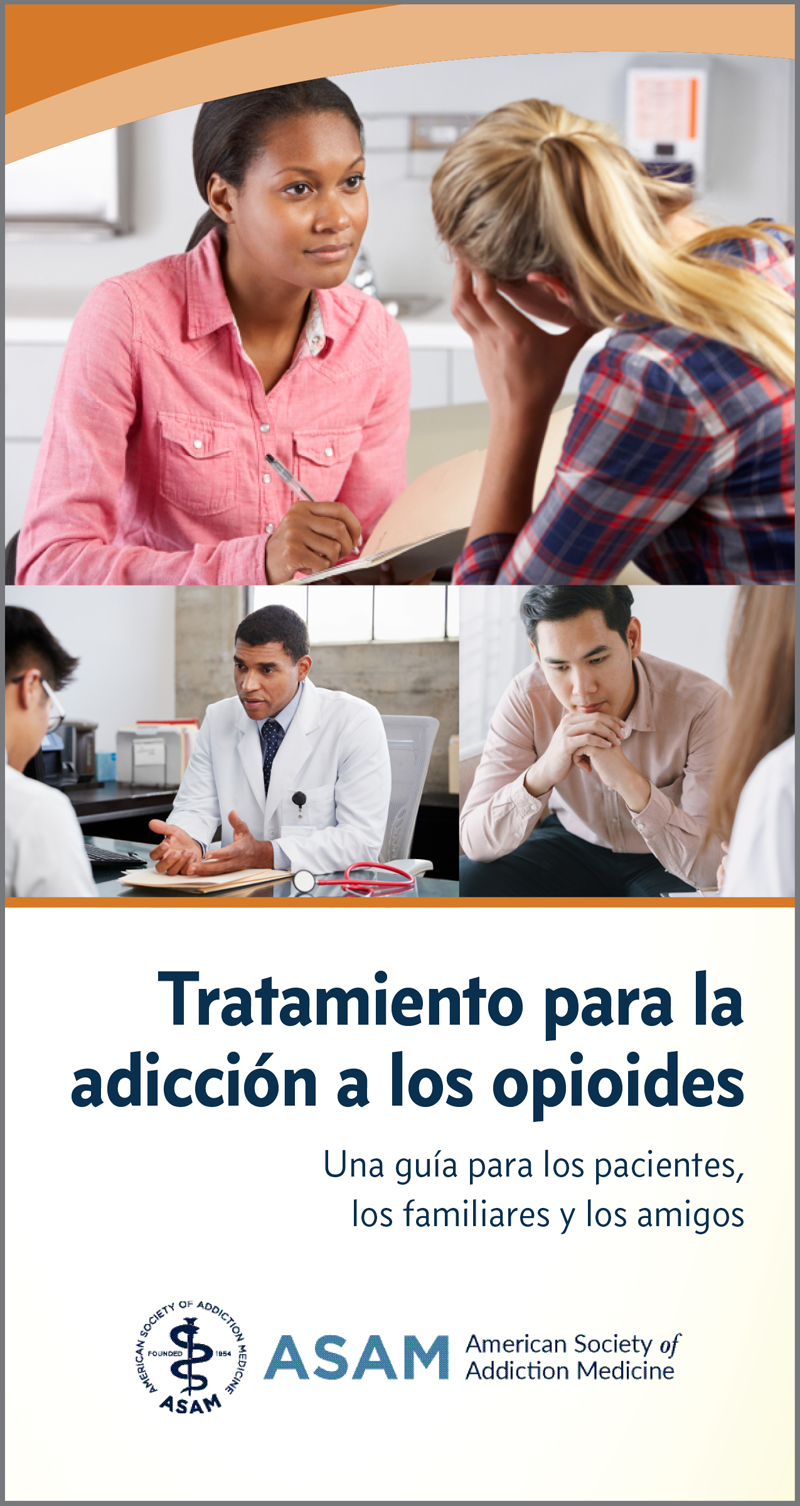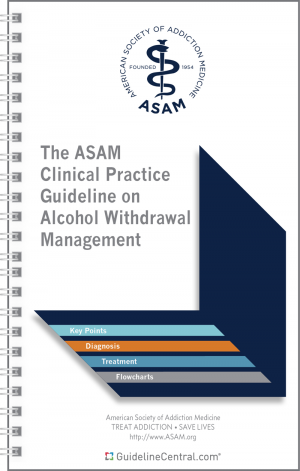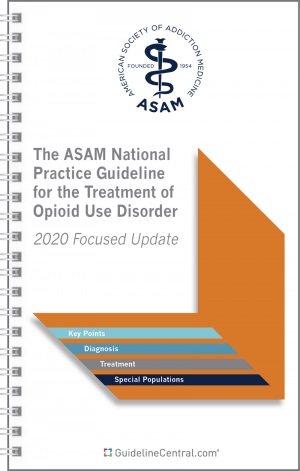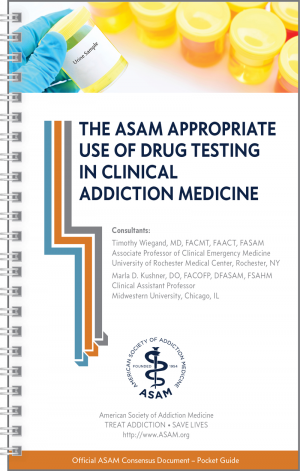Opioid Addiction Treatment Patient Guide
Published: March 2020
$9.95
Print Copy Information:
- 20 pages
- Spiral Bound
- 80# Aqueous Coating
- 4.25" x 7.25"
- Ships in 5 – 10 business days
What's Inside
Bulk and Institutional Ordering
About the Authors
Additional Information
- Introduction
- Assessment
- Treatment Overview
- Withdrawal
- Opioid Addiction Medication
- Methadone
- Buprenorphine
- Naltrexone
- Naloxone
- How Do These Medications Work?
- Assessment and Treatment of Opioid Use Disorder in Pregnant Women
- Overdose
- Questions To Ask Your Clinician
- Table: Medications to Treat Opioid Addiction
- For purchases under 100 in quantity, we suggest placing the order directly through the website.
- We offer group/institutional licenses for multi-user accounts (discount amount varies depending on the number of users).
- We are proud to offer special discounts to medical schools, training programs, students and more.
- We offer bulk purchase discounts based on number of copies and number of titles.
Contact Us for more details
ASAM, founded in 1954, is a professional society representing over 3,600 physicians, clinicians and associated professionals in the field of addiction medicine. ASAM is dedicated to increasing access and improving the quality of addiction treatment, educating physicians and the public, supporting research and prevention, and promoting the appropriate role of physicians in the care of patients with addiction.
